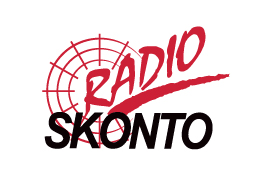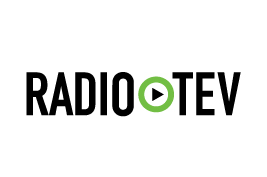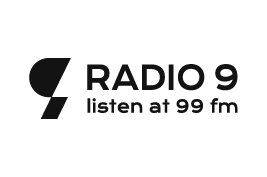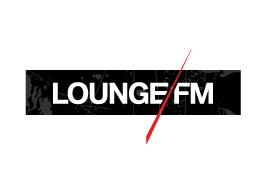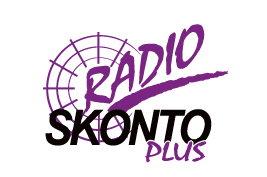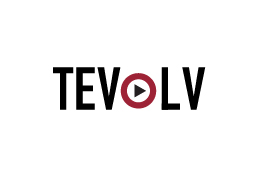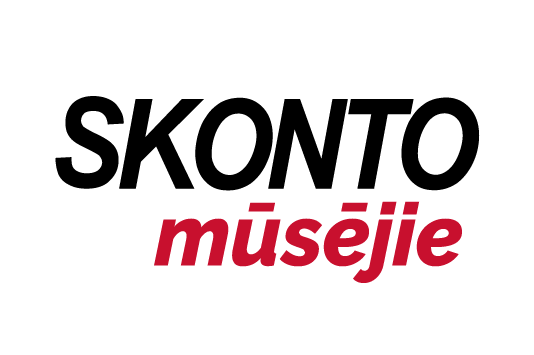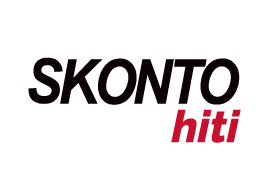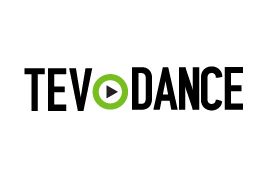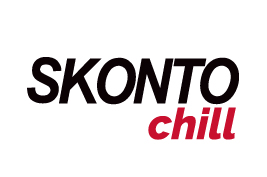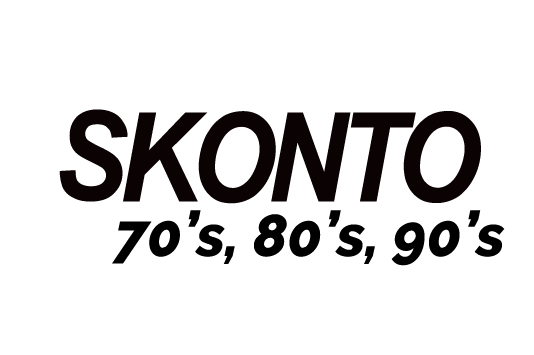The most challenging stage in my career was the transition from analog recording to digital — moving the work from the mixing console to the computer.
Interest in Radio Began Back in School
My interest in radio started back in school. Together with like-minded friends, we worked in the "radio hub," or, in modern terms, a "school radio." We were fascinated both by music recordings and the technical side, organizing loud discos.
Inspiration from the First FM Stations
I listened with interest to the first commercial FM radio stations that appeared in Latvia after regaining independence. I followed all music trends, worked as a DJ at events, and briefly worked in commercial television as a music department director before finding my way into radio.
Passion for the Technical Side of Sound
What I like most is the entire process—without singling out one part. But if I had to, it would be the technical side. I have a warm and good relationship with technology—computers, audio software, and everything related to sound processing, which today is an integral part of any studio.
First Steps in the Radio World
My first steps in radio required courage to dive into a new field and responsibly master the specifics of the work. Back when radio was still "young," and RADIO SKONTO was just climbing the charts, I was responsible for the entire technical side of the musical content. Getting recordings was difficult; when necessary, I had to shorten them, sometimes cut out "extra fragments" from songs, adapt them for broadcast sound, and technically place them into the broadcast schedule. Essentially, I created the main repertoire that still plays today. The voices of Katrīna and Juris—the linear jingles you hear on Skonto air—are still used.
Growth of RADIO SKONTO and Advertising Projects
With this audio branding and the right music strategy, RADIO SKONTO quickly rose and achieved high ratings. Regarding audio advertising projects—there have been thousands over the six years, making it hard to single out any particular one.
Transition to Digital Sound Environment
The most challenging stage was switching from analog to digital—moving the work from the mixing console to the computer. Over the years, I have improved both my knowledge and skills in the digital sound environment.
On-Air Work and Fulfilling a Dream
One of the brightest moments in my radio career was when I worked nearly two years on Saturdays as an on-air host at SKONTO VIDZEME studio. I am especially grateful to Rita Paula, who trusted me with this opportunity. I received a lot of positive feedback from both listeners and industry professionals. I can confidently say—my dream of being on air came true.


